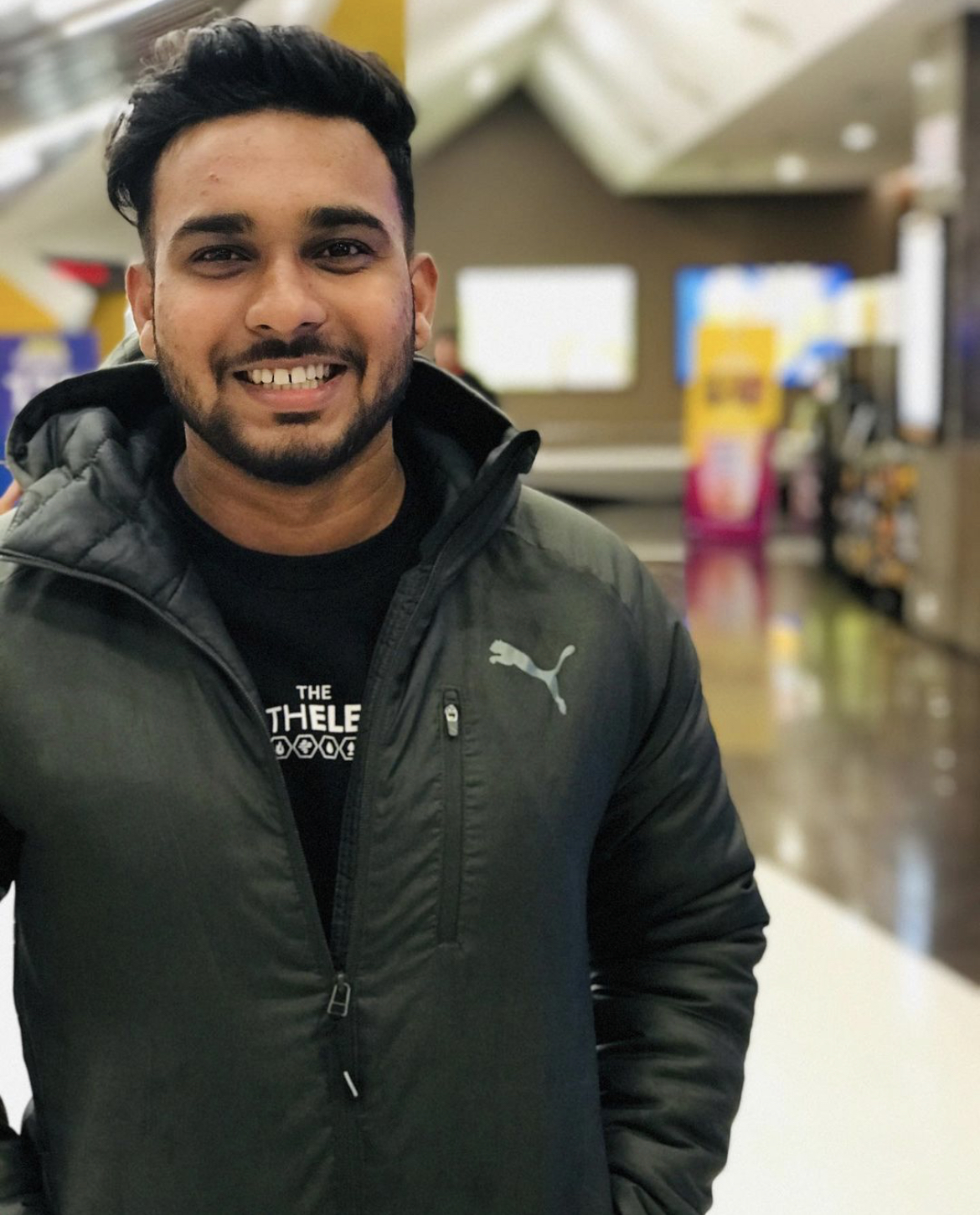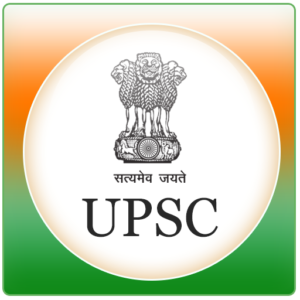BRICS Employment Working Group (EWG) Meeting
- First BRICS Employment Working Group (EWG) Meeting amongst BRICS Countries.
- The first BRICS Employment Working Group (EWG) Meeting was held in the virtual format in New Delhi.
- India has assumed the BRICS presidency this year.
- Prime agenda for the discussions:
◆ Promoting Social Security Agreements amongst BRICS Nations
◆ Formalization of labour markets
◆ Participation of women in the labour force
◆ Gig and platform workers ? Role in the labour market
◆ Apart from the member nations? representatives, representatives from the International Labour Organization (ILO) and International Social Security Agency (ISSA) also participated.
◆ On the issue of the Social Security Agreement (SSA), the Member Nations resolved to enter into dialogue and discussion with each other and take it forward towards the signing of the agreements.
What are Social Security Agreements (SSA)?
◆ SSA is a bilateral agreement between India and a foreign country designed to protect the interests of cross border workers.
◆ The agreement provides for avoidance of ?double coverage? and ensures equality of treatment to workers of both countries from a social security perspective.
◆ Generally, benefits such as detachment, exportability of pension, totalisation of benefits and withdrawal of social security benefits are available under these SSAs.
◆ Under Detachment or elimination of dual contribution, employees moving on employment to any SSA country are exempt from making social security contributions in the host country for a specified period (specific to each SSA), provided they continue to make social security contributions in their home countries.
◆ Under the Exportability of Pension clause, the employees may choose to receive benefits of social security in their home country or any other country where they are currently residing (subject to the respective SSA) without any reduction of those benefits, i.e. benefits can be exported.
◆ Under the Totalization of Benefits clause, the period of service rendered by an employee in the host country is to be counted for checking the ?eligibility? of social security payment in the home country and vice-versa.
Multiplex RT-PCR Kit
- DST institute develops a new multiplex RT-PCR kit.
- Sree Chitra Tirunal Institute for Medical Sciences and Technology (SCTIMST), an Institute of National Importance under the Department of Science and Technology has developed the new multiplex RT-PCR kit.
◆ The kit has a higher accuracy of detecting covid-19 across the various mutant strains of the coronavirus.
◆ Even though coronaviruses make far fewer errors than other RNA viruses, the mutations in S, R, and N genes often interfere with RT-PCR assay.
- The new kit targets two SARS CoV2 genes: RdRp and ORFb-nsp14, and the human RNAse P gene as the internal control to help detect a range of mutant strains.
- Various studies have shown that RdRp and ORF1b-nsp14 genes are more sensitive in detecting Covid-19. Hence, this kit can give more precise results.
- The ORFb-nsp14 is one of the least mutated genes in Covid-19 and currently, there are no kits in the market with ORF-nsp14 as the target.
- ICMR has validated this kit at the National Institute of Virology, Pune, and found that it has 97.3% sensitivity and 100% specificity in covid-19 detection.
◆ It may be noted that withdrawal of PF and pension benefits is allowed only once the employee attains the age of 58 years (for non-SSA countries) or depending upon the conditions stipulated in the respective SSA (if any).
◆ To protect the interest of International Workers, India has signed bilateral Social Security Agreements with 19 countries, out of which 16 are operational.
◆ The globalisation of the economy and the development of international trade and business has considerably increased the international movement of individuals across geographies.
◆ While cross-border issues arise in the areas of tax, immigration and social security, of late, social security issues too have been gaining importance as they relate to the retirement benefits of the individual venturing beyond borders for employment.
◆ Till 2008, foreign nationals exercising employment in India were not covered under the Provident Fund (PF) regulations, since PF contributions were not mandatory where the employees? pay exceeded the wage ceiling.
◆ On the contrary, Indian nationals working abroad were required to contribute to the social security scheme of the respective country.
◆ However, these contributions were generally lost due to limited tenure overseas or in failing to fulfil the minimum qualifying period of contribution or residence.
International Organizations
Asia Pacific Economic CooperationAPEC
➡️Singapore1989
🧿Organization of Islamic Cooperation ➡️OICJeddah (Saudi Arabia)1969
🧿Organization for the Prohibition of Chemical Weapons OPCW
➡️The Hague(Netherlands)1997
🧿Worldwide Fund for NatureWWF
➡️Gland, Vaud (Switzerland)1961
🧿World Economic Forum WEF
➡️Cologny, (Switzerland)1971
🧿International Hydrographic Organization IHO
➡️Monaco1921
🧿International Cricket Council ICC
➡️Dubai, (UAE)1909
🧿International Union for Conservation of Nature IUCN
➡️Gland, (Switzerland)1948
🧿International Council on Monuments and Sites ICOMOS
➡️Paris, (France)1965
🧿United Nations World Tourism Organization UNWTO
➡️Madrid, (Spain)Asia Pacific Economic CooperationAPEC
➡️Singapore1989
🧿Organization of Islamic Cooperation ➡️OICJeddah (Saudi Arabia)1969
🧿Organization for the Prohibition of Chemical Weapons OPCW
➡️The Hague(Netherlands)1997
🧿Worldwide Fund for NatureWWF
➡️Gland, Vaud (Switzerland)1961
🧿World Economic Forum WEF
➡️Cologny, (Switzerland)1971
🧿International Hydrographic Organization IHO
➡️Monaco1921
🧿International Cricket Council ICC
➡️Dubai, (UAE)1909
🧿International Union for Conservation of Nature IUCN
➡️Gland, (Switzerland)1948
🧿International Council on Monuments and Sites ICOMOS
➡️Paris, (France)1965
🧿United Nations World Tourism Organization UNWTO
➡️Madrid, (Spain)
Diphtheria
Diphtheria is primarily caused by the bacterium Corynebacterium diphtheria.
? It is mainly spread by coughs and sneezes, or through close contact with someone infected.
? In most cases, the bacteria cause acute infections, driven by the diphtheria toxin, the key target of the vaccine.
? However, non-toxigenic C. diphtheria can also cause disease, often in the form of systemic infections.
? In high-income countries, all babies are vaccinated against the infection.
? Recently it is found that Diphtheria has started to become resistant to several classes of antibiotics and in future, it may even become immune to vaccination.
Major areas of priority in Five Year Plans
1st Five Year Plan (1951-56) - Priority of Agriculture.
✅ 2 Five Year Plan (1956-61) - Priority of Industry Sector.
✅ 3 Five Year Plan (1961?66) - Agriculture and Industry.
✅ 4 Five Year Plan (1969-74) - Removed the development of poverty with justice.
✅ 5th Five Year Plan (1974-79) - Removed poverty and self-reliance.
✅ 6 Five Year Plan (1980-85) - Emphasized only as the Fifth Plan.
✅ 7th Five-Year Plan (1985?90) - Food production, employment, productivity
✅ 8th Five Year Plan (1992-97) - Job creation, control of population.
✅ 9th Five Year Plan (1997-02) - 7 percent growth rate.
✅ 10th Five Year Plan (2002-07) - Self employment and development of resources.
✅ 11th Five Year Plan (2007-12) - Comprehensive and rapid development.
✅ 12th Five Year Plan (2012-17) - Reform of health, education and sanitation (overall development)
















